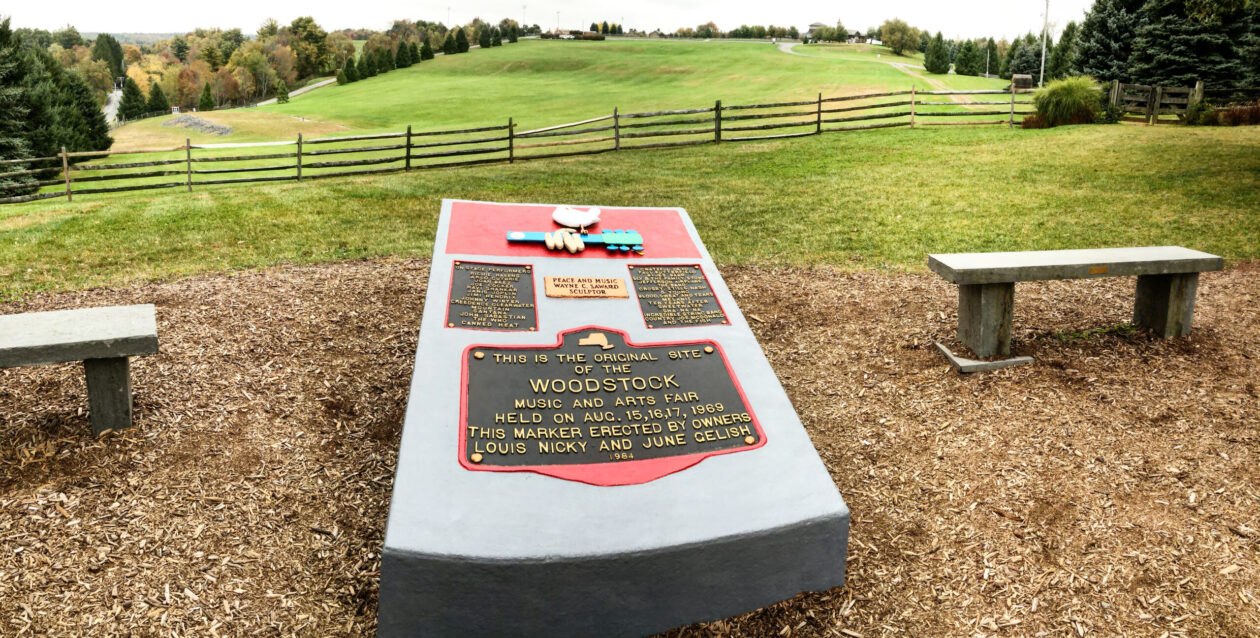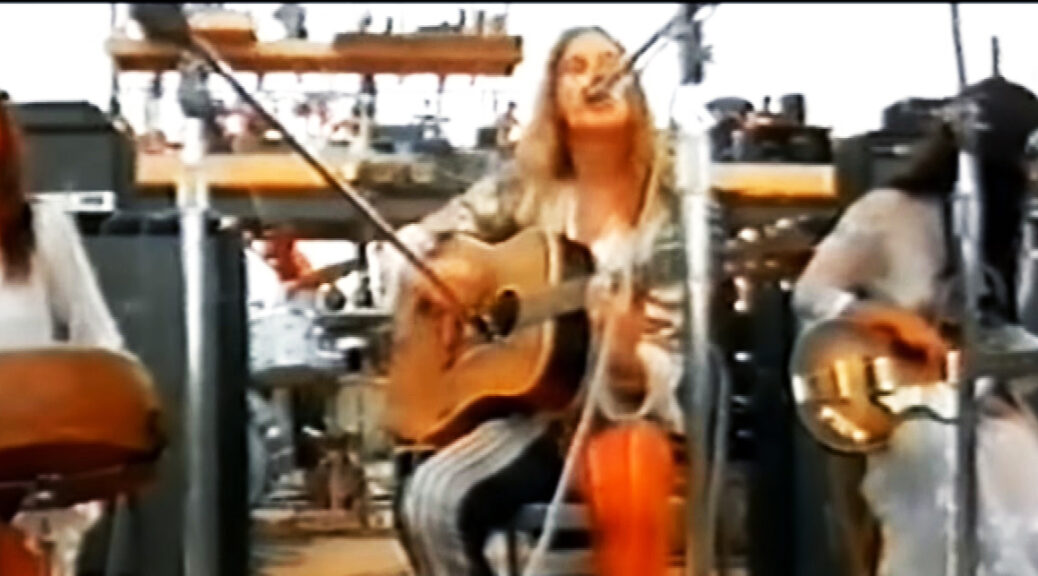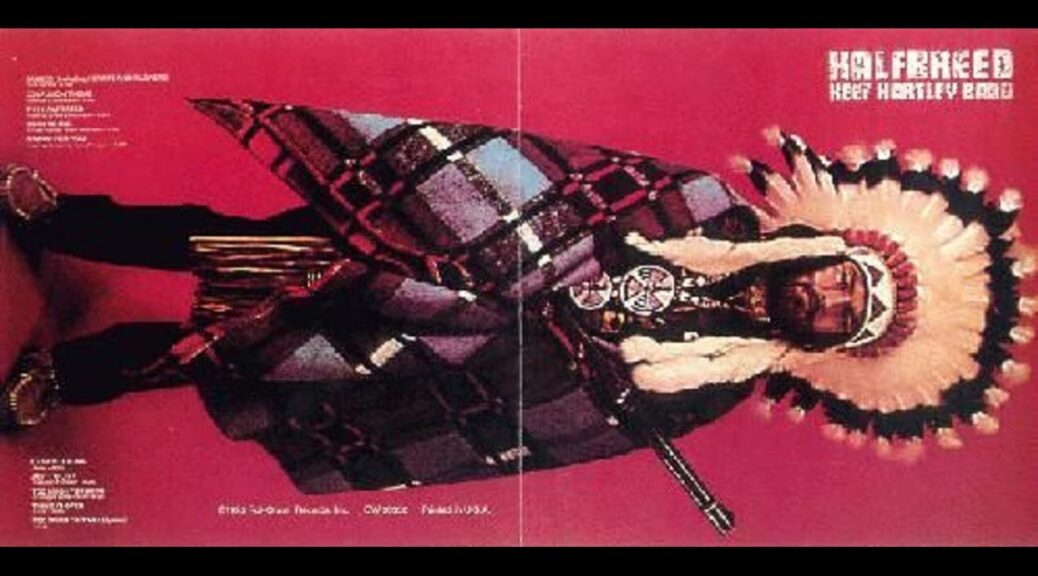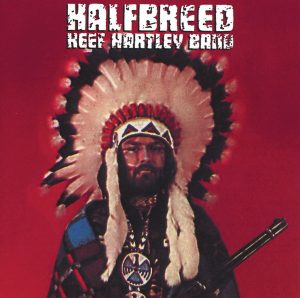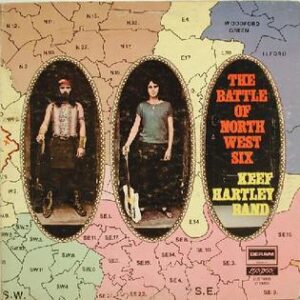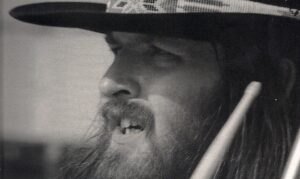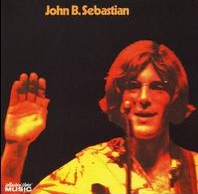Incredible String Band Woodstock
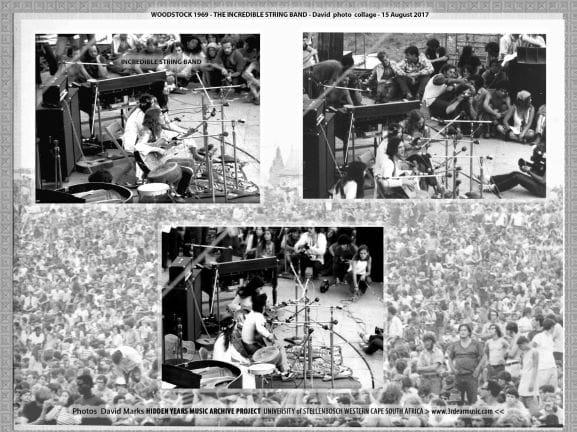
The Incredible String Band was supposed to be part of Friday’s folk-oriented lineup, but circumstances pushed their performance to Saturday. Unfortunately the so-called psychedelic-folk group using mainly acoustic instruments followed the rousing electric and brass performance of the Keef Hartley Band. It was about 6 PM and for some in the crowd who hadn’t had “lunch” it was dinner time. They went in search, often unsuccessfully, for that dinner.
Incredible String Band did make it to the Monument, but not into the initial release of the movie or the soundtrack.
A 2020 BBC article says that comedian and banjo-player Billy Connolly, who was a massive fan and who got to know them when they played the folk clubs of Glasgow, described the band as “hairy, exotic and interesting“.
The band consisted of: Mike Heron, Robin Williamson, Christina “Licorice” McKechnie, and Muse, Odalisque, HandmaidenISR Rose Simpson. They would be on stage for about a half hour.
Their setlist was:
- Invocation (spoken word)
- The Letter
- Gather ‘Round
- This Moment
- Come with Me
- When You Find Out Who You Are
And before we get to the set, here’s a picture that David Marks took of ISR’s performance. He was part of Bill Hanley‘s sound crew that weekend (as well as a few other time’s). David took lots of pictures when he had the chance.

Incredible String Band Woodstock
Invocation
For some this band is too difficult to approach. Their instrumentation is proficient, but their lyrics require attention. For many the huge setting was not the intimate setting to appreciate this band.
Mike Heron began with a poem.
I make a love peace with you Lifers that move the heart In fur and scale Ancient associates And fellow wanderers You that place yourselves in this space. You that strengthen the horn And make quick the eye You who run the swift fox and the zigzag fly You sizeless makers of the mole and whale Aid me and I will aid you I make a peace with you You that lift the blossom and the green branch You that weave symmetries more true You who make time slower, And watch the patterns You who eat deep And eat water stretching high You rough-coated Your green blood My red blood We will mingle them But I harm you not That you shield me. I make a pact with you You who are unconfined And have no shape Who are not seen But only in your action Who have no depth But choose direction Who bring what is willed That you blow my ship to pleasant harbors I make a pact with you You who are the liquidness of the waters And the spark of flame I make a pact with you You who make fertile the soft ground And guard growth I make peace with you You who are the blueness of the sky And the wrath of the storm I take the cup of deepness with you Earthshakers And with you the sharp and the hollow hills I make reverence to you Round wakefulness we Call the earth I make wide eyes to you You who are also awake Every created thing both solid and sleepy Or airy light I weave colours round you You who will come with me I will consider it beauty
Incredible String Band Woodstock
The Letter
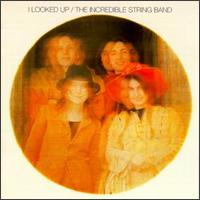
The Letter typifies what ISB did. In some ways, its simplicity and beauty is comparable to a Richard Brautigan poem. The song would appear on their 1970 album, I Looked Up.
When I heard the birds talk
Hey Mister Sleep you’re gonna
Have to take a walk
But nothing has as much power to
Make me rise as the post man
Bringing a morning surprise
Here he comes
Too much I’ve got a letter
I’d better get out of bed
I said
Up to my nose
I thought well the letter
Might be for Rose
Her mother she writes very regularly
Mister Postman have you got
A letter for me
Too much I’ve got a letter
Came from Maria, Chicago, Illinois
Like a flower
Grown on a rubbish heap
She’s got a lot of things ’round her
She’s gotta sort out
But she’s gonna make it
And I have no doubt
Felt a little bit lighter
And air hostesses must’ve felt brighter bringing your letter over the sea
And the pilot was your Orpheus
Singing a song for you
Maria I’m singing
Hear me singing I’ll be your Orpheus too
Your troubles will be gone
And you’ll be left with what’s shining
Through your letter you
Troubles will be gone
And you’ll be left with what’s shining
Through your letter you
Incredible String Band Woodstock
Gather Round
Before the band can begin their next song, Chip Monck asks people to sit down, to move away from the camera crane, and to descent from the light towers. He emphasized the importance of the crowd’s cooperation.
Gather Round does not appear on any ISB album.
Gather round and I will tell you, Of the man who walked alone, He met with me one dusty evening, He could not recall his home. And he was not a beggar But people pressed coins in his hand And his skin it was weathered His eyes full of far foreign lands And beneath the food they offered him For the hunger in his soul And the ones who wished him evil It was written on their scroll He had sold his heart's desire Winding many a tangled thread, Salted tears, he drank for water Hopeful thoughts he ate for bread. In the bag across his shoulder Was a painted paper heart Filled with several thousand reasons Why two souls can seem to part For he knew the truth was seldom spoke Nor written with the ten pens of the hand And he sought not wealth or glory Only wished to understand And he sang of times a'coming When those secrets would be known And the stars will sing in the chorus And no soul will walk alone. Here we are Here we are Here we are Here we stay Here we are Here we are 'til the clouds shall roll away
Incredible String Band Woodstock
Fantastically Happy
Robin Williamson mentions to the crowd something that is often heard by other Woodstock alum: “I’d just like to say right now that I’ve never been to anything like this before and the thing that surprises me is how many of us there are and it makes me fantastically happy.”
Incredible String Band Woodstock
This Moment
This Mike Heron song would also appear on their I Looked Up album.
Is different
From any
Before it
And this moment
It’s now
And if I
Don’t kiss you
That kiss is
Untasted
I’ll never
No never
Get it back
I want to
I’ll be in
The next moment
Sweet lover
Sweet now
Are different from any before them
They are now
They are now
Is different from any before it
It is now
It is now
Repeating, repeating, repeating, repeating
You may think that life is repeating
Oh no, Oh no, Oh no, Oh no, Oh no
Is different
From any before it
Each moment
Is different
It’s now
Incredible String Band Woodstock
Come With Me
Incredible String Band Woodstock
This Robin Williamson song was recorded before Woodstock, but did not appear on an album until they Be Glad for the Song Has No Ending [the soundtrack for a film of the same name,] in March 1971.
I have a ship both sleek and fine
I point her bows wherever I will
The seven bright seas they all are mine
I call the winds
I call the winds her sails to fill
If you will flee away with me
And bid farewell to the land you know
I’ll show you marvels presently
And wonders
And wonders that the earth does show
The diamond mountains
– 0 Speak on sir
Shouting valleys
The caves where sleep the stars by day
Eve’s clouded bower
Adam’s garden
The secret land that love does see
O come with me
I will come with thee
The gentle spring rains will lave your face
The winds will bear your train
The morning birds will sing your song
The earth will call your name
The stars will be your canopy
The sun your candle flame
The greenygold wheat your incense sweet
My heart your windowpane
O come with me
I will come with thee
Acknowledgement
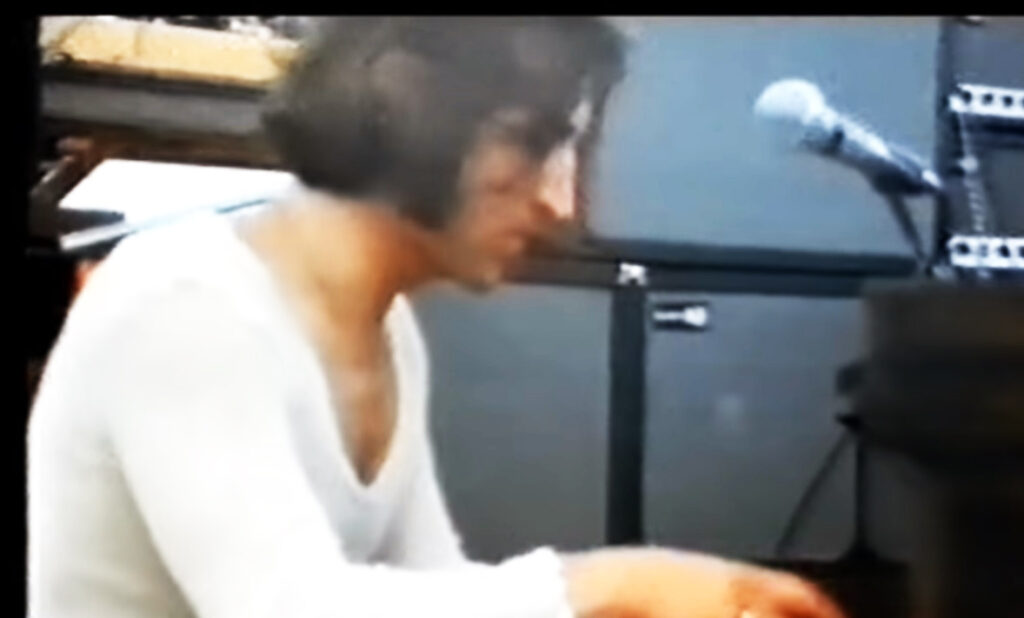
Robin Williamson, as many other performers had already observed, speaks to the size of the crowd and thanks them for their called-out requests, but “…we thought it would be nice to do all new songs today which haven’t been recorded yet cause it’s nice for us to play them. I hope you don’t mind that.
Incredible String Band Woodstock
When You Find Out Who You Are
The last song is Robin Williamson tune also appears on the I Looked Up album. Again an apology for the time it took to start songs as “all the instruments got wet last night.”
When men did speed to pray
Along the road of discontent to gods of gold and clay
Among the seas of change
Some did seek dear life to wound
A furious time and strange
Beautiful beyond your dreams
Beautiful beyond your dreams
Beautiful beyond your dreams
Beautiful beyond your dreams
Each moment born for you innocently
And when I see what we have made
What we have cut with the mind’s blade
Repeated faces rise and fall
With ancient goals unwondering fail
Further obscures the ancient trail
Rivers of my heart’s tears
As the angels do
Change the world by the things you say
By the things you love
And you make each new day
You are the way
Beautiful beyond your dreams
Beautiful beyond your dreams
Beautiful beyond your dreams
Beautiful beyond your dreams
Before you get born into
Remember young man of the time
Before you first went to school
How did it feel trying to live by the rule
When your love stick
First rose free between your legs
Like a growing tree
Like a gypsy and a gypsy queen
Under the stars where the sign was seen
Under the stars where
Under the stars where the sign was seen
With love have guided me
In lands across the sea
We used to speak of that ocean deep
How little words can say
What makes you sad today
With love have guided me
In lands across the sea
What little words can say
What makes you sad today
Incredible String Band Woodstock
Goodbye
We have to leave now. I’d like to say goodbye. Thank you very much. Goodbye.
Incredible String Band Woodstock
The next act is Canned Heat.
